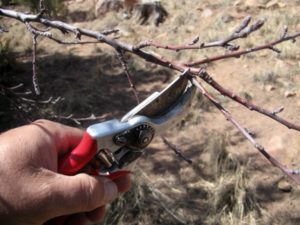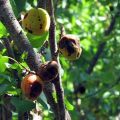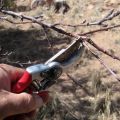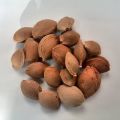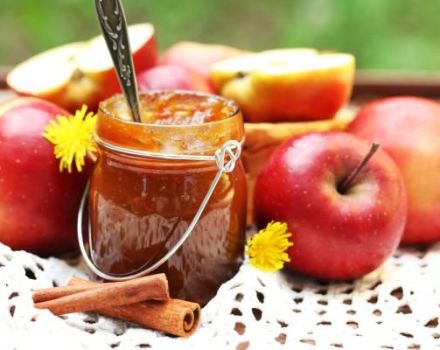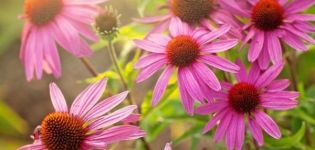Description of apricot variety Zhigulevsky Souvenir, history of selection and characteristics of fruits
Potassium-rich apricot fruits can become an active dietary supplement in many diseases. Until recently, for residents of central Russia, it seemed like a pipe dream to grow this originally southern fruit on their backyard. To date, several winter-hardy varieties have been bred. Apricot variety Zhigulevsky Souvenir is one of those that can grow in temperate climates.
Breeding history
The winter-hardy apricot variety got its name in honor of the town of Zhigulevsk, in which it was bred. It turned out to be a souvenir for the scientific community because a person who did not have a special education managed to cultivate the variety. Bessmertnov V.V., a resident of the Saratov region, gave his compatriots the opportunity to grow apricots, which are not inferior in taste to southern fruits, in their summer cottages.
Apricot varieties of the selection of Bessmertnova V.V. - Zhigulevsky Sibiryak, Dar Nebes, Petrovich, are known to gardeners, but they cannot be found in any directory of Russian varieties. They are not included in the register of fruit trees either. The same fate befell the Zhigulevsky Souvenir variety.
Description of the variety
The standard height for fruit trees is 3-4 meters. A pyramidal crown with an average density of branches. The bark on the branches is smooth, its color depends on the age of the shoot. The older it is, the darker the brown shade, the youngest processes are green.
Leaves are oval with pointed tips, pubescent on the back. The outer side is much darker, cut with deep grooves.
Description of the variety Zhigulevsky Souvenir would not be complete without information about the yield, and it is up to 45 kg per season from one adult plant.
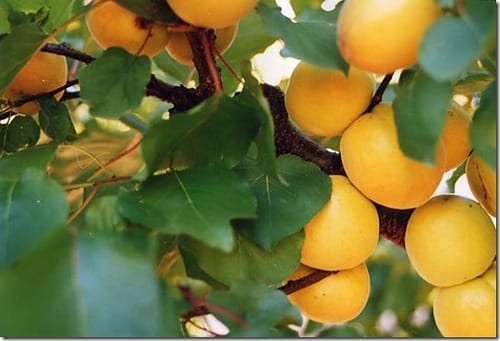
Fruit:
- small - 22-35 g;
- the main color is yellow, one side has a pink bright blush;
- the pulp is orange, dense;
- the skin is tender, without pubescence, it is difficult to separate from the pulp;
- medium-sized bone from the pulp is easily separated.
For the apricot variety Zhigulevsky Souvenir, certain conditions are needed during flowering. If the temperature drops below zero, there is a threat to lose the crop.
Specifications
The exactingness of the fruit crop, the intolerance of certain conditions are the disadvantages of the selection of apricot Zhigulevsky Souvenir, carried out by an amateur gardener. Some imperfections of the variety are corrected by inoculating more hardy boles, recommended for a particular region by professional breeders. But what kind of fruits will be after that and whether the variety will remain self-fertile is an open question.
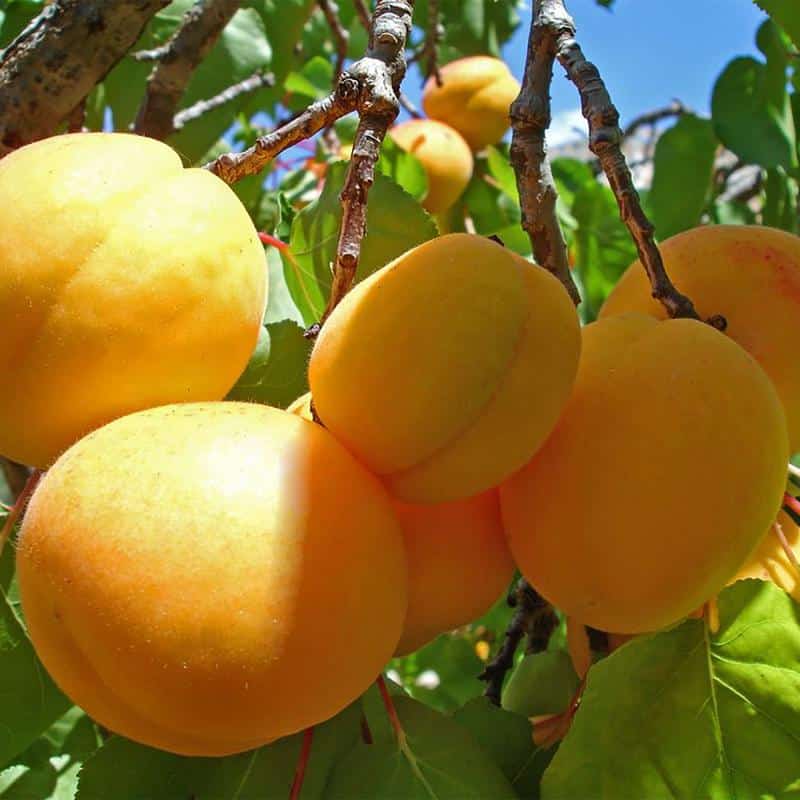
Drought resistance, winter hardiness
Winter hardiness of the Zhigulevsky Souvenir variety is high, the apricot tolerates frost perfectly. Strong drops in air temperature during the swelling of flower buds are the reason for their freezing. After such an impact of the external environment, the kidneys will simply fall off.
Only severe frosts during flowering threaten with barren flowers. In both cases, this threatens with loss of yield.
The root system of a low plant is close to the surface of the soil; the tree cannot extract water from the bowels of the earth even when the aquifer is close. The Zhigulevsky Souvenir does not tolerate drought well. In hot summer, it will have to be abundantly irrigated in the morning or evening hours. When watering a plant in the hot sun, the tree can get burned.

In order for the water to get directly to the roots, a circular closed ditch is made around the tree within a radius of 1.5-2 meters from the trunk, into which life-giving moisture will be introduced. This will keep the crop on the branches. With a lack of water and nutrients, the tree will lose part of the unripe crop or get rid of it completely.
Pollination, flowering period, ripening time
The tree is self-fertile, pollinators are bees collecting nectar from its flowers. The early maturing variety begins to bloom in the first decade of March. Drifts of snow that has not melted to the end and sub-zero temperatures are not able to affect the flowering time.
In the last week of July, the apricots are harvested. Ripe fruits are stored for 3-4 days. Unripe are stored for a week. They are easier to transport. When receiving damage from falling, blows, the fruits quickly lose their presentation.
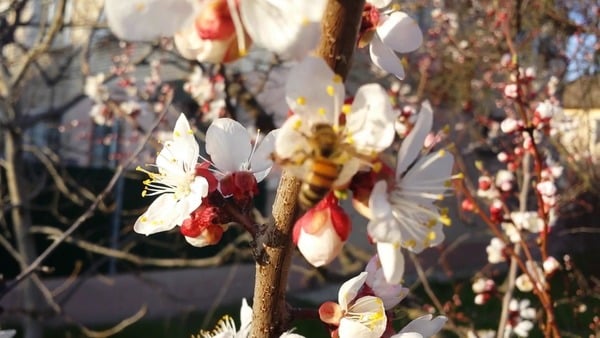
Productivity and fruiting
Under favorable conditions - warm, stable spring and correct planting - in a corner of the garden protected from the winds, the yield of winter-hardy apricot is consistently high. The tree bears fruit every year, bearing an average of 45 kg of sweet and sour, not very juicy fruits.
Disease and pest resistance
Infections and bacteria to apricot Zhigulevsky Souvenir are practically not scary, a plant bred in an open area in a temperate climate has a fairly high immunity to local threats. Fungal lesions, characteristic of drupes, lie in wait for trees growing in lowlands near water bodies.

Neighborhood with cherries, plums, pears, apples with sweet fruits increases the risk of damage to leaves and fruits by several types of insects. The average crown density contributes to early detection of threats, timely action.
Advantages and disadvantages of the variety
Apricot Zhigulevsky Souvenir, judging by the reviews of gardeners, is good for growing in the Moscow, Pskov, Leningrad regions, Kaliningrad. With proper care, this variety has only one, but a very significant drawback - loss of yield even at the stage of swelling of the buds during sudden spring frosts. The indisputable advantage of the fruit tree is its resistance to local pathogens.
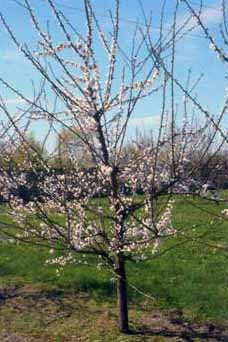
Features of planting and care
The need for an apricot variety Zhigulevsky Souvenir for bright sunlight does not allow it to be protected by the walls of outbuildings from all sides. But on the leeward side of the site, it is highly desirable to protect the seedling.
Winds blowing almost constantly in one direction strongly influence crown formation. A tree growing in an open area not protected by a blank wall or fence will turn out to be one-sided. The same trouble threatens the plant that is planted in the shade of a tall building or next to a brick fence, because the formation of the crown occurs in the first few years.
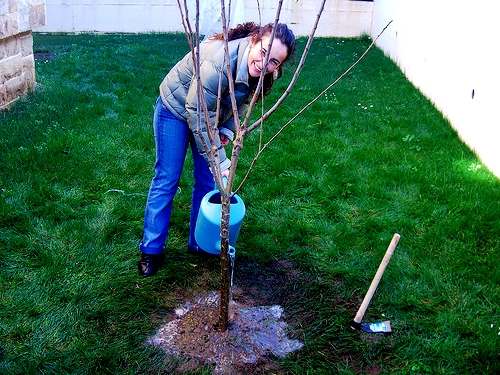
Diseases and pests: methods of control and prevention
Cytosporosis of drupe crops is diagnosed on apricot trees by gray tubercles on the bark of the trunk and branches, wilting and drying leaves long before the onset of autumn. For treatment, a 1% solution of Bordeaux mixture (copper sulfate and lime) is used.
To prevent the spread of the disease, all affected branches are cut and burned.
Moniliosis - wilting of apricot leaves and shoots occurs after they acquire a brown hue in the form of spots. A 1% Bordeaux mixture serves as a prophylactic agent. To treat the affected apricot tree, you will need Topaz or Topsin-M.
Bacterial necrosis of apricots - ulcers oozing with gum require complex actions:
- a cut of the affected areas;
- disinfection of wood with copper sulfate;
- processing of cuts with garden pitch.
The best protection of a plant from diseases is prevention and the right choice of a place for planting. For an apricot, the neighborhood on a plot with cherry trees threatens acquaintance with cherry elephant... From apple trees, cherries, pears to apricots, aphids, leaf rollers and spider mites, moths will get over.
